When you’re planning a big purchase, like new home appliances or your dream vacation, you need the right financial tools. For large transactions, picking the best credit card is key. It helps you get the most value from rewards and protection benefits. A lot of people don’t realize that the right card can turn expensive must-haves into chances for big cashback or travel points. J.D. Power’s 2023 study found that 68% of big spenders look for two things: a 0% intro APR and purchase protection on large purchases. This guide will show you how to use your card’s perks for big-ticket items and steer clear of common money mistakes.(Money,Section 75: Your free credit card purchase protection, accessed 24 July 2019.)
Here’s what we’ll cover:
- Understanding different large purchase situations and how to plan for them.
- Figuring out which credit card features matter most for big spending.
- How purchase protection and security features keep your buys safe.
- Comparing the best cards for different major purchase scenarios.
- What your credit score means and how to apply smartly.
- Smart ways to pay off those major expenses.
- A simple checklist and your next steps.
- FAQs about finding the best credit card for a large purchase.
Understanding Large Purchase Scenarios and Financial Planning
Defining Major Transactions and Their Financial Impact
Here’s the basic idea: when you’re spending over $1,000, that’s a big financial decision. Using the right payment strategy really helps. Think furniture, electronics, medical bills, or home renovations – stuff that costs way more than you usually spend in a month. The Consumer Financial Protection Bureau found that 42% of Americans put purchases over $2,000 on credit cards. That shows why picking the best credit card for large purchases matters. Knowing what you’re buying helps you choose: do you need a long 0% APR period, better rewards, or strong purchase protection?
When planning your budget for big buys, you’ve got to match your payment plan with your monthly cash and how much credit you’re using. Experts say don’t use more than 30% of your credit limit.
That keeps your credit score healthy and lets you maximize rewards. Say you’re redoing your kitchen for $5,000 – make sure your card has enough available credit so you don’t hurt your credit score. I found this out myself when buying camera gear.
Good planning and picking the right best credit card for large purchase turned that cost into travel points.
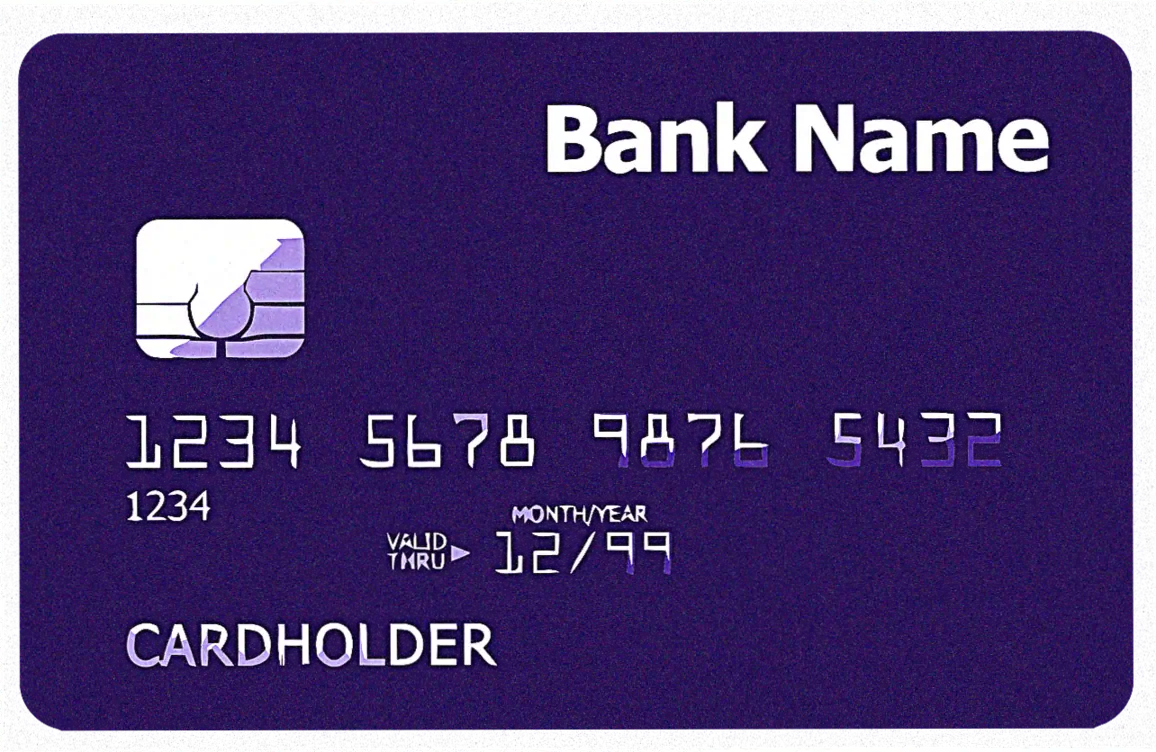
Timing Considerations for Major Acquisitions
Timing is everything. Match your big purchases with card sign-up bonuses and promotions to get the most benefits. Lots of cards give you bigger bonuses if you spend a certain amount in the first few months – great for planned big purchases. Apply for a new card 2-3 months before you need it. That gives time for approval and delivery, and you’ll easily hit the spending requirement.
Some seasons give you better protection or rewards for certain types of purchases. The National Retail Federation says holiday purchase protection often lasts through January, giving you extra coverage for year-end buys.
And in spring, home improvement stores often team up with card companies for special financing deals. Buying appliances during these promotions can get you benefits that go beyond normal rewards.
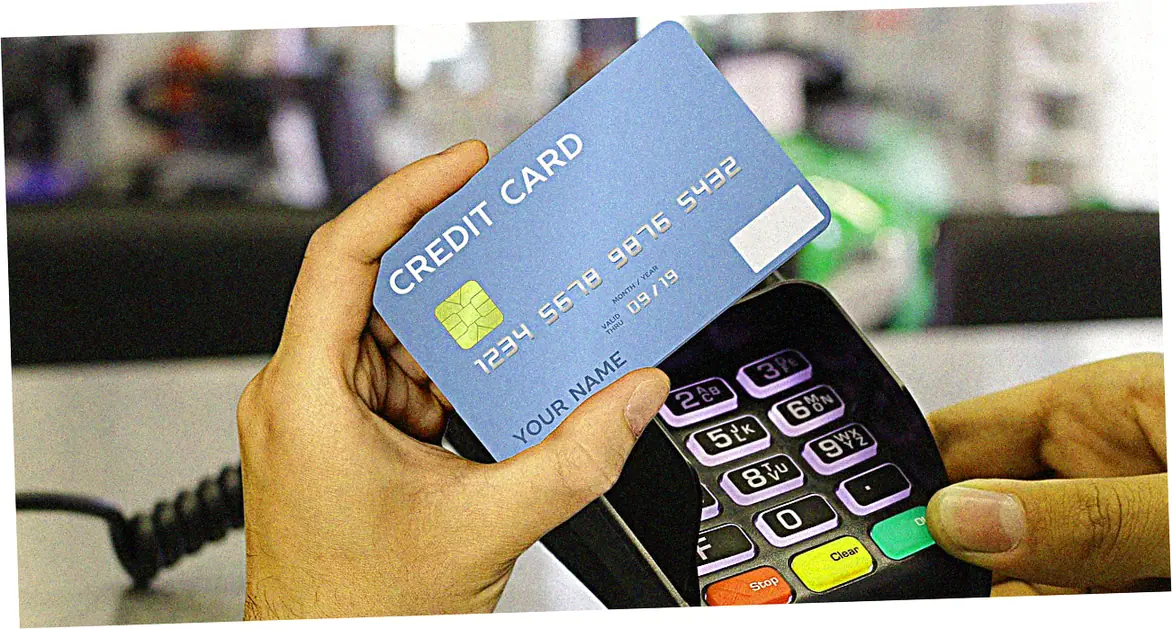
Let’s look at what makes a credit card great for big purchases
First up: 0% APR offers and why they matter long-term
The big benefit of 0% APR cards? They give you breathing room on large purchases since you can pay over time without interest charges. These deals usually last 12 to 21 months, so you get plenty of time to pay off your balance bit by bit. The Federal Reserve found that in 2023, people saved around $1.2 billion each year using these introductory APR deals for major buys. But here’s the catch: you’ve got to read the fine print because if you miss a payment, you could get hit with back interest that wipes out all your savings.(Commonwealth Bank Why do Interest Rates Change? 2014-02-26 at the.)
Planning for after the intro period is key – you’ll want a solid payoff plan ready before the special rate ends. Figure out how much you need to pay each month to clear your balance before the regular interest kicks in.
which is usually 15% back to 25% back. I found that setting up automatic payments around my paydays kept me on track to pay off debt without that last-minute panic when the APR was about to jump.
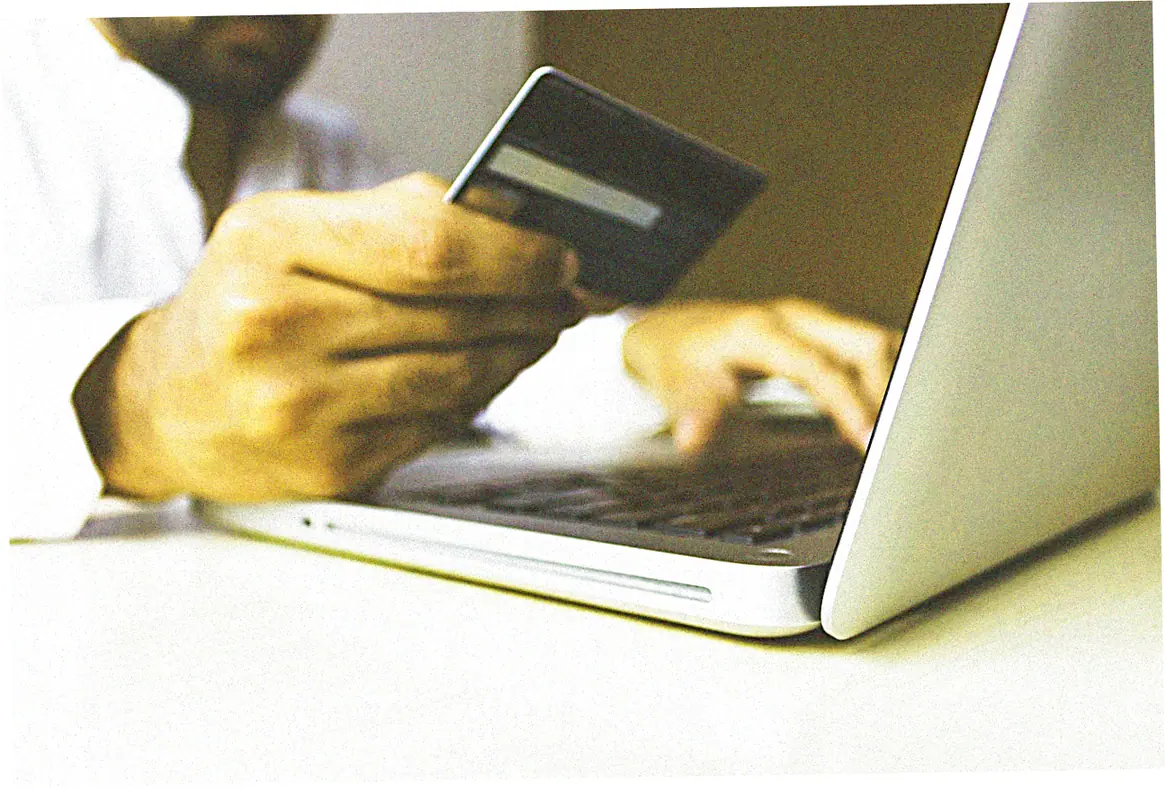
Next, let’s talk rewards cards that really pay off for big spending
To max out your cashback, some cards give you higher percentages in categories where you typically make large purchases. Like, you might get 3% back to 5% back back at home improvement or electronics stores instead of the usual 1% back on everyday spending. Check out how picking the right card category can really boost your rewards on a $3,000 purchase:
| Type of Card | Reward Rate | What You’d Get Back |
|---|---|---|
| Basic Cashback Card | 1% back | $30 |
| Category Bonus Card | 3% back | $90 |
| Premium Travel Card | 5% back | $150 |
Points cards, especially travel ones, can give you more bang for your buck on large purchases because you have more ways to use your points. The best cards might double your points on everything or give bonuses in categories where you spend the most. It really comes down to how you want to use your rewards – cashback is simple money back, but points could score you better travel deals or transfers that make them more valuable.
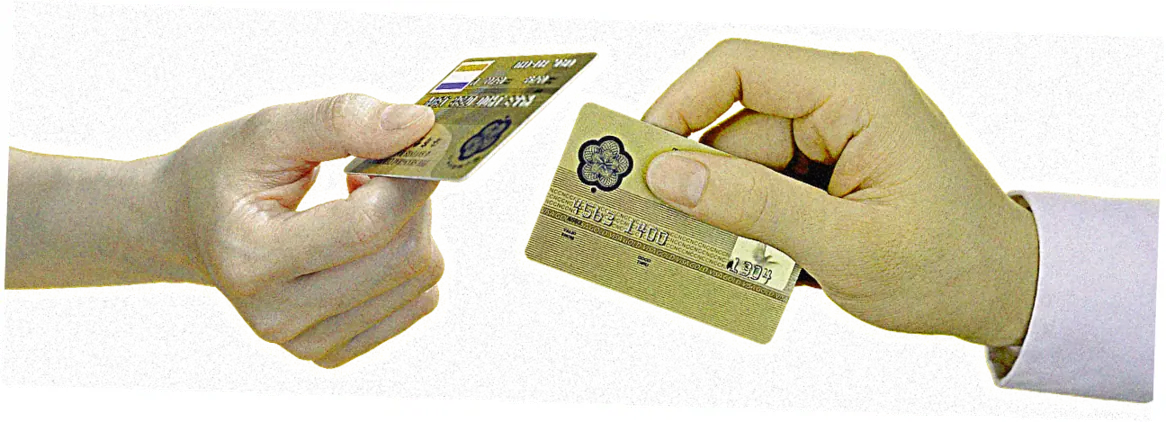
Purchase Protection and Security Features
Extended Warranties and Damage Protection
Manufacturer Extension: If you have a premium credit card, it often adds an extra year to the manufacturer’s warranty on stuff you buy, which is great for protecting your electronics and appliances. This usually works for things that come with a warranty of 3 years or less, so for a lot of products, you basically get double the coverage. CardHub looked at this in 2023 and found that these extended warranties save people around $1.3 billion every year on repairs they’d normally have to pay for themselves.
Damage and Theft Coverage: Lots of cards also give you 90 to 120 days of protection if your new purchase gets accidentally damaged or stolen. That’s real peace of mind when you first buy something expensive.
This came in super handy for me when my new laptop got damaged while I was traveling. My card paid for the repairs, even though my regular insurance wouldn’t cover it. Just make sure you check your card’s details, because coverage limits can be anywhere from $500 to $10,000 for each claim.
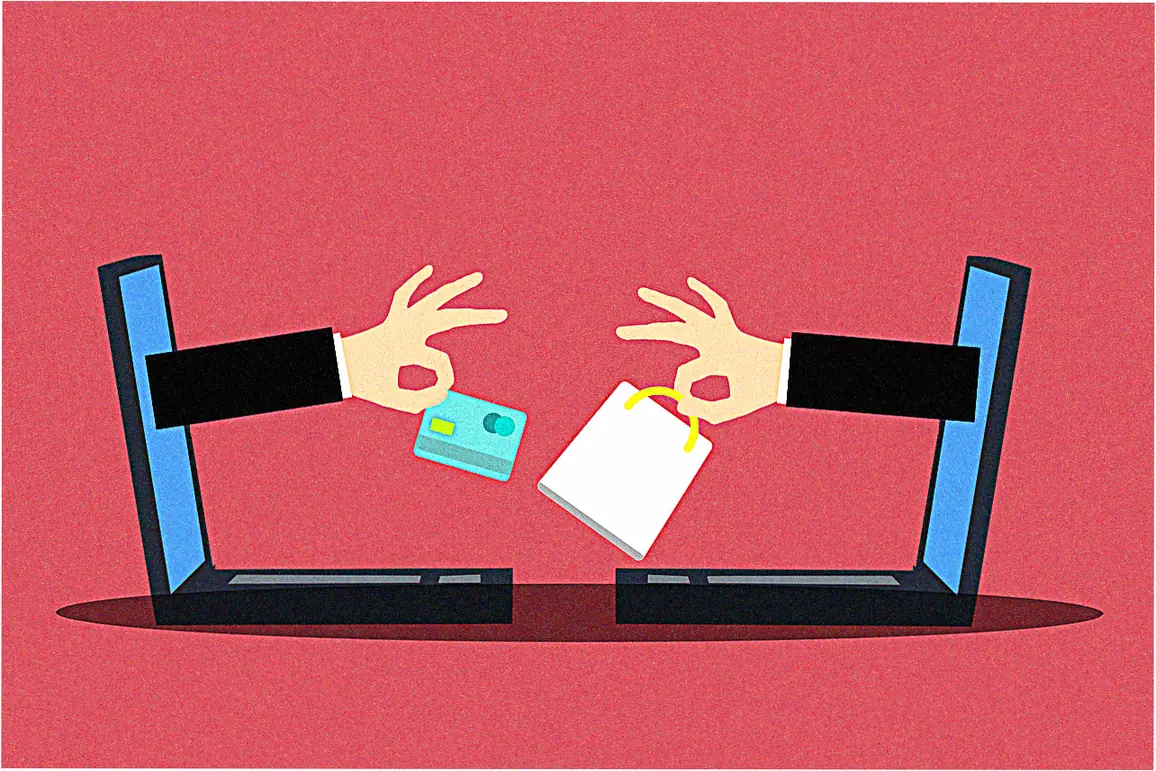
Return Protection and Price Matching Benefits
Extended Returns: Some cards even help you out if a store won’t take something back. They offer return protection, usually for about 90 days after the store’s own return period ends. This is especially useful for pricey buys, in case you get buyer’s remorse after it’s too late to return it to the store. They’ll typically cover $250 to $500 per item, and up to about $1,000 or $1,500 total for the whole year.
Price Protection: It’s not as common now, but some cards still have price protection. If you see a lower price within 60 to 120 days after you buy something, they’ll refund you the difference.
This gives you confidence for big purchases, knowing you’re covered if the price suddenly drops. Remember to take screenshots of the lower price ad and keep your receipts handy. You’ll need good proof, like a dated ad, to make a claim.
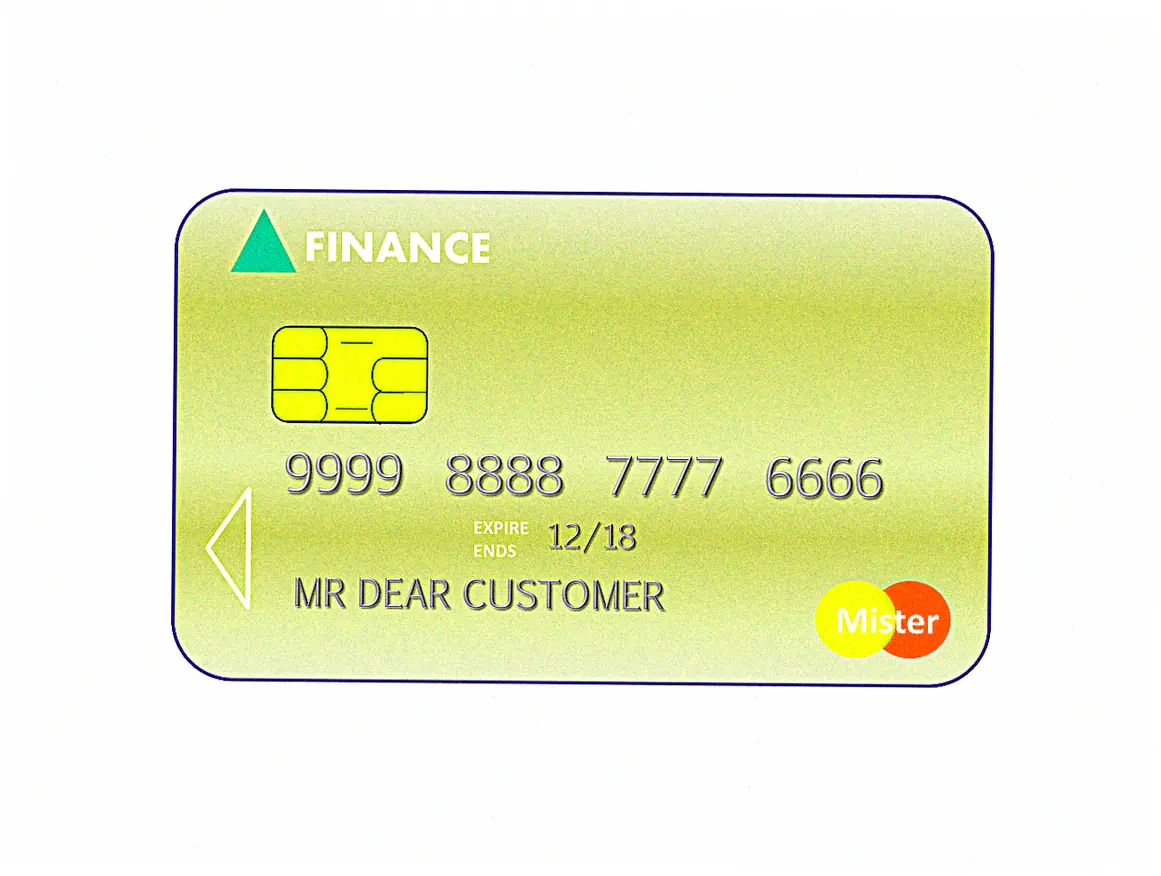
Let’s compare the best credit cards for big purchases.
First up, the best cards with 0% APR periods.
Some cards, like the Wells Fargo Reflect Card, give you a really long 0% intro period – up to 21 months on purchases and balance transfers. This means you get plenty of time to pay off big expenses without interest. You can spread your payments over almost two years with no interest. That makes large purchases much easier to handle in your monthly budget. But there’s a catch – you’ll usually need good to excellent credit, meaning scores above 690, to get approved.
Some cards even let you combine 0% APR on new purchases with balance transfers. This way you can consolidate old debt while financing new stuff. It’s a smart way to simplify payments.(What is a Balance Transfer Fee?.)
but you need to plan carefully so you don’t max out your card or hurt your credit score. From my experience, keeping transfers under 50% of your available credit keeps your score healthy while giving you good flexibility.
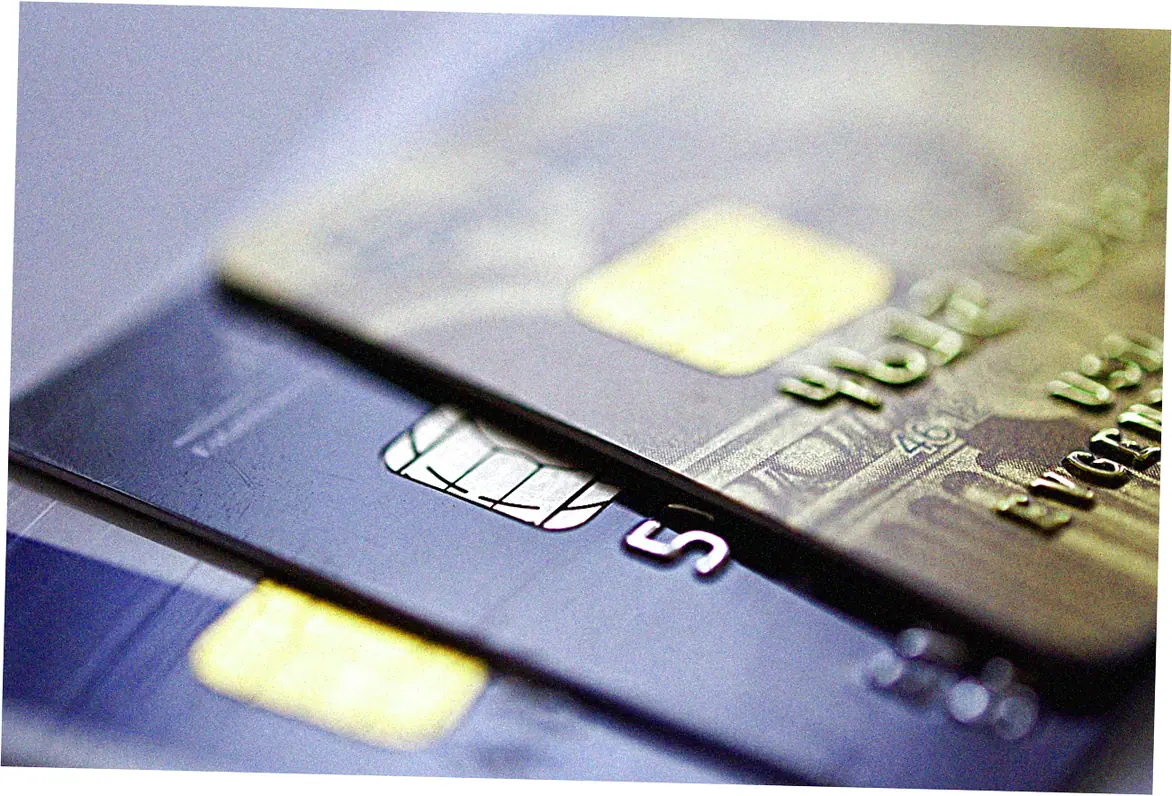
Now let’s look at premium rewards cards for maximum returns.
Premium cards with annual fees from $95 to $550 might seem pricey, but they offer great rewards and benefits that can be worth it if you make lots of big purchases. Take the Chase Sapphire Reserve – it gives you 3x points on travel and dining, plus a $300 travel credit that basically lowers the real cost. Here’s how some popular premium cards stack up for major purchases:
| Card Name | Annual Fee | Sign-up Bonus | Purchase Protection |
|---|---|---|---|
| Chase Sapphire Reserve | $550 | 60.
000 points |
120 days |
| American Express Platinum | $695 | 80,000 points | 90 days |
| Citi Premier Card | $95 | 60.
000 points |
120 days |
When checking out premium cards, do the math to see if the rewards are worth the annual fee for how you spend.
If a card costs $550 a year, you need to get at least $550 back in rewards, credits, and benefits to make it worthwhile. Frequent travelers usually get great value from premium cards thanks to lounge access and travel credits, but if you don’t travel much, no-fee cards might be better.
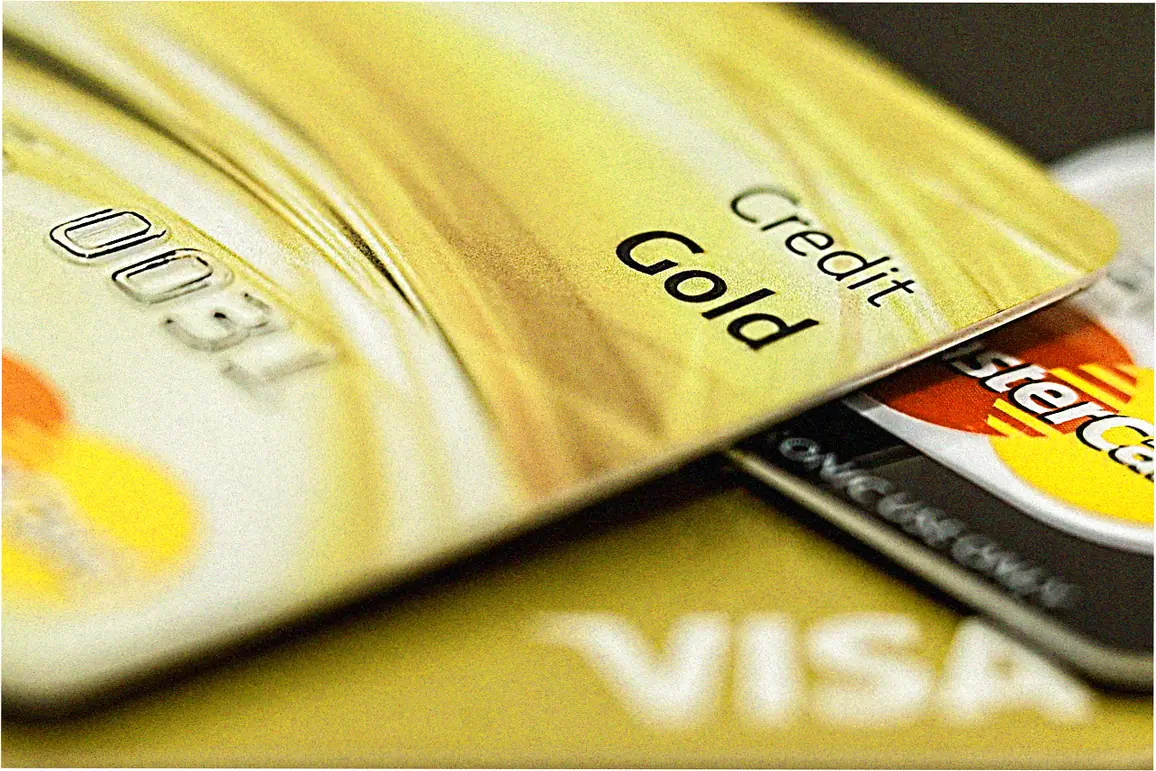
Credit Score Considerations and Application Strategy
Maintaining Healthy Credit During Large Purchases
Here’s how credit utilization works: when you make big purchases, it can temporarily lower your credit score because it increases how much of your available credit you’re using. Experts say you should try to keep your total credit usage under 30%, and ideally below 10% on each card, to keep your scores in great shape. If your big purchase would push you over these limits, you could make payments before your billing cycle ends or split the cost across several cards.
Timing your credit card applications right before a major purchase can help you get more available credit, which keeps your utilization low. But be careful – applying for too many cards too quickly can temporarily drop your score because of all the hard credit checks. The Consumer Financial Protection Bureau recommends waiting 3-6 months between card applications to protect your score while you build up your credit limits.
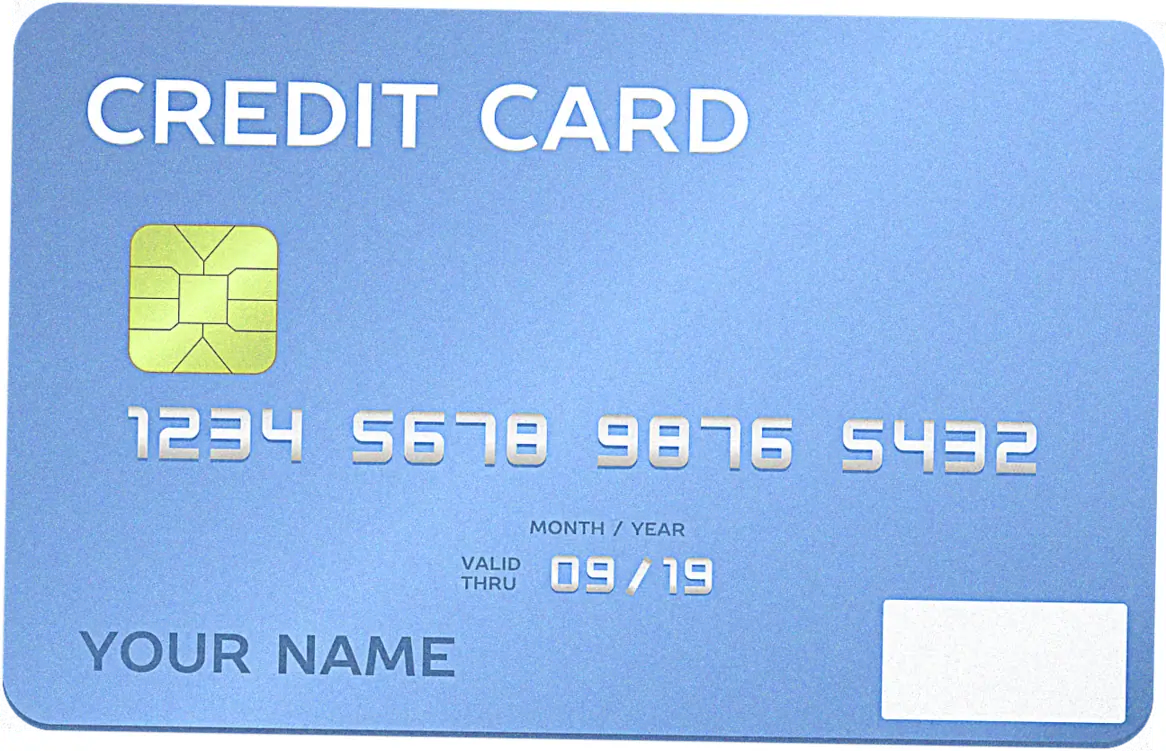
Building Creditworthiness for Premium Card Approval
For the best credit cards for large purchases – like premium rewards cards or those with great 0% APR deals – you’ll usually need a good to excellent credit score, meaning 690 or higher. If your score isn’t there yet, try using secured cards or other credit-building products for 6-12 months before going for those ideal large purchase cards. Credit Karma found in 2023 that people who boosted their scores from fair to good saw their chances of getting approved for premium rewards cards jump by 47%.
Lenders also look at your debt-to-income ratio, or DTI, when you ask for higher limits or apply for new cards. Keeping your DTI under 36% really helps your chances of getting approved for cards with the high limits you need for big purchases.(Bell, Miriam 1 July 2024.Here’s where debt-to-income ratios will hit hardest.)
If your ratio is higher than that, paying down some debt before you apply can make a big difference in whether you get approved.
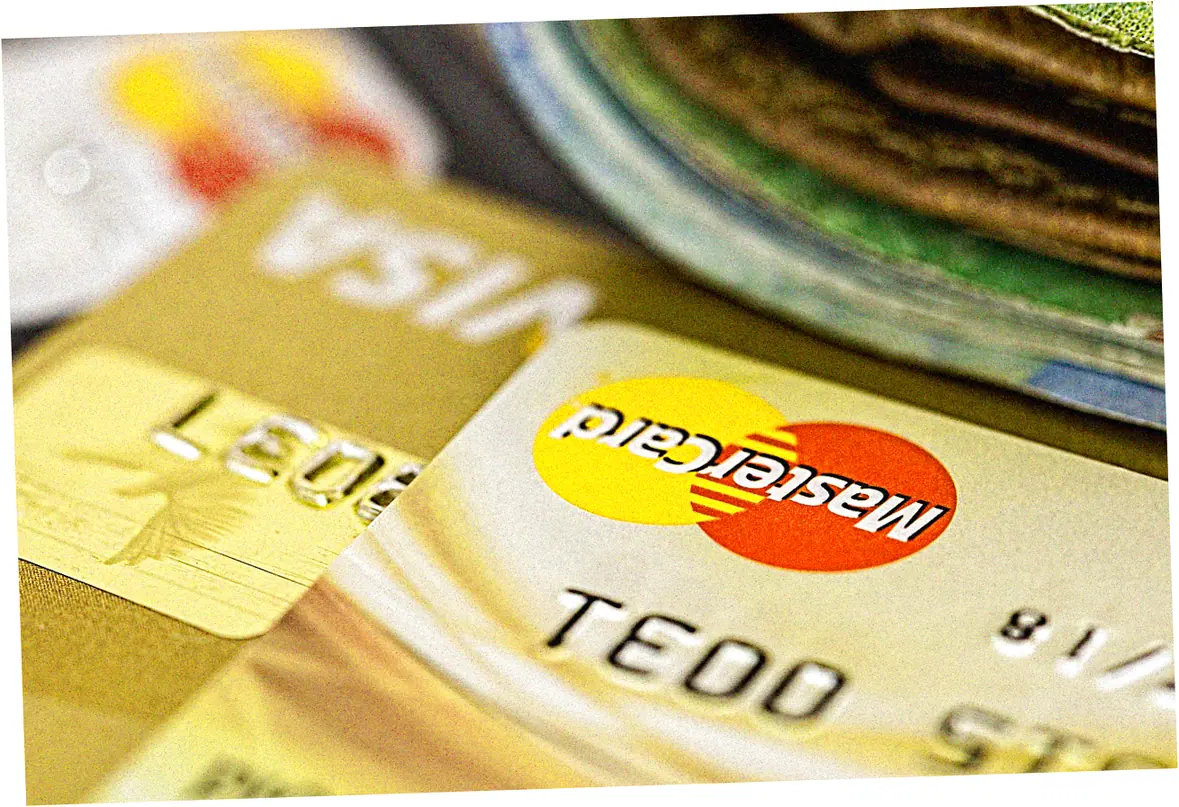
Smart ways to pay for big purchases
Getting your payment timing and cash flow right
Line up big buys with your statement cycle. Buy right after your statement closes, and you get almost two months before payment is due. This gives you flexibility and helps you avoid interest, as long as you can pay the full balance by the due date. It’s a flexible way to manage your cash flow for a large purchase.
For really big purchases that are more than your usual monthly spending, try splitting the cost. You could put part of it on a 0% APR credit card to earn rewards, and pay the rest with savings.
I did this when I bought new appliances. The card part got me rewards, and using cash kept me from relying too much on credit.
How to get rewards without hurting your finances
Be careful not to build up debt. Credit cards are great for big purchases, but don’t spend more than you can afford. Always know how you’ll pay it back before you charge a lot, even with a 0% APR deal. In fact, the Federal Reserve says 35% of people who carry a balance wish they’d spent less initially.
Using credit wisely for planned big buys helps you save your emergency fund for real surprises. But don’t wipe out your savings completely to pay off the card, unless you have a solid plan to build it back fast. Most advisors say to keep 3 to 6 months of living expenses in savings, no matter what.
Here’s your checklist and next steps
Before you buy, get ready with this plan
First, gather your documents before any big purchase. You’ll need recent credit reports, your card’s current terms, and store return policies. Check your credit score too – this helps you see if you’ll likely qualify for new cards. Make a simple spreadsheet to compare cards. Look at what you’re buying, how much it costs, and when you can pay it back.
Next, negotiate with stores. Knowing your card benefits helps you ask for extra discounts or perks. Lots of stores will match prices or give longer warranties if you use certain cards.
I’ve personally saved 5-10% more just by saying I was using a card with price protection. You can really stack up the savings this way.
After you buy, here’s how to manage everything
Right after your big purchase, set up a payment plan. Make sure it fits with your card’s billing cycle and any introductory offers. Put reminders in your calendar for important dates – when promotional rates end, when payments are due, and when warranties expire. Set up automatic minimum payments, but also make extra payments according to your plan.
Don’t forget to register your benefits. Many card protections need you to sign up or send documents quickly. Take pictures of receipts, register products with the manufacturer.
and fill out any warranty forms right after you buy. Keep all your paperwork in one folder so it’s easy to find if you need to make a claim.
Using credit cards wisely for big purchases means balancing what you need now with your long-term money goals. The best approach mixes maximizing rewards with smart repayment plans. This turns necessary spending into chances to build value.
Start by looking at your specific purchase situation. Then find cards that match what’s important to you – like interest-free periods, better rewards, or strong protection benefits.
Remember, the best credit card for large purchases should fit both your current money situation and your future plans. Ready to get the most from your next big purchase? Start by checking your current cards benefits or looking at new cards that fit your spending plans.
FAQ About best credit card for large purchase
So, what counts as a big purchase when you’re using a credit card?
It depends on the bank, but usually, anything over $1,000 is seen as a large purchase. That’s when special rewards and protections kick in. Fancy premium cards often give you better perks for big buys. If you spend more than $500 or $1,000, you might get things like automatic extended warranties or higher rewards. Really, it’s about what’s normal for you. A large purchase is anything that’s way more than you usually spend each month.
Wondering how a big purchase affects your credit score?
Big charges mainly hurt your score by increasing your credit utilization. That’s how much of your available credit you’re using, and it makes up 30% of your FICO score. If you use a lot more of your available credit, your score could drop temporarily by 10 to 40 points. But don’t worry, this effect goes away as you pay off the balance. Making several big purchases close together might also make lenders take a closer look at your spending habits.
Should you get a new credit card before making a major purchase?
Getting a new card before a big buy can be smart. You might qualify for cards with great rewards or 0% APR introductory offers. Plus, having more available credit helps keep your utilization ratio low. Just apply 1-2 months ahead of your purchase. That gives enough time for processing and avoids multiple applications that can lower your score with hard inquiries.
What if you can’t pay off a large purchase before the 0% APR period ends?
If you don’t pay it off in time, regular interest rates kick in on whatever’s left. Those are usually between 15% and 25%. Watch out – some cards might even charge you back-interest from the original purchase date if you don’t pay in full. Always check your card’s terms and have a backup plan, like balance transfer options, if you need more time to pay.